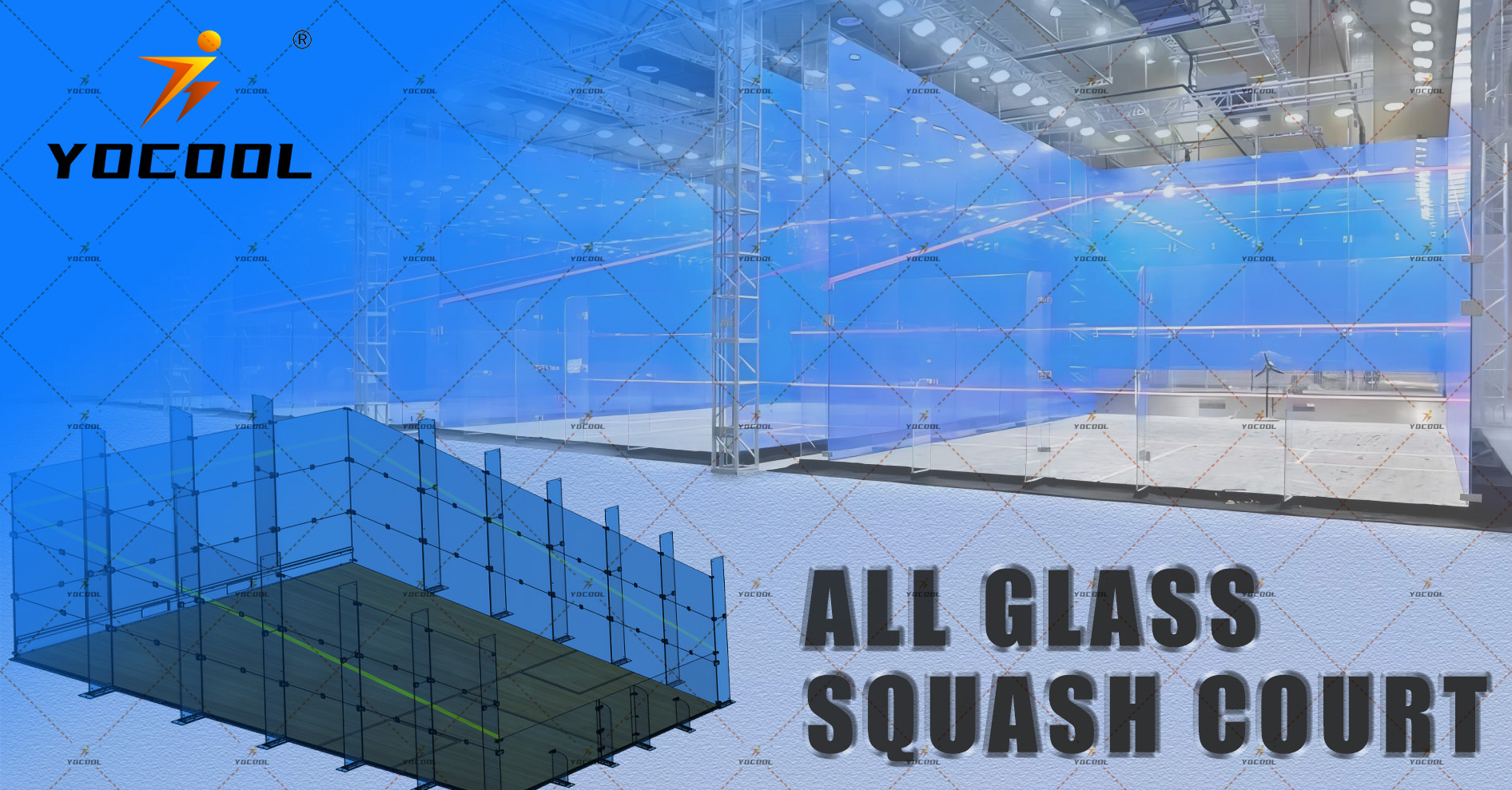

The Evolution of Paddle Manufacturing in Table Tennis
Table tennis, often called ping pong, is a sport that has captivated millions around the world. At the heart of this dynamic game lies the paddle, also known as a bat or racket. The manufacture of table tennis paddles has seen significant advancements over the years, reflecting changes in technology, materials, and player preferences. This article explores the history and evolution of paddle manufacturing in the table tennis industry.
Historical Background
The origins of table tennis date back to the late 19th century, when British aristocrats created a miniature version of lawn tennis to play indoors. Initially, players used makeshift paddles made from anything available – including books, cigar boxes, and champagne corks. However, as the sport grew in popularity, manufacturers recognized the need for specialized equipment. In the early 1900s, commercially produced paddles began to appear, primarily made from solid wood with rudimentary rubber surfaces.
Material Advancements
The advent of new materials revolutionized paddle manufacturing. Traditional wood was gradually replaced with a combination of various types of wood, synthetic materials, and rubber. Paddles now consist of a wooden core, often made of layers of different woods to enhance performance. The choice of wood affects factors like weight, flexibility, and speed. For instance, balsa wood is known for its light weight and speed, while denser woods like maple offer more control.
In addition to wood, synthetic materials, such as carbon fiber, have been introduced into paddle manufacturing. These materials provide enhanced stiffness and resilience, allowing players to hit faster and stronger shots. Manufacturers often use a layered construction approach, where multiple layers of different materials are combined to create paddles that balance power and control.
The Role of Rubber

Rubber has always played a crucial role in paddle design. The type, thickness, and texture of rubber can drastically affect gameplay. The International Table Tennis Federation (ITTF) regulates the types of rubber that can be used in competitive play, ensuring a level playing field. The two main types of rubber textures are pimpled and smooth, each providing distinct advantages. Pimpled rubber is known for generating spin, while smooth surfaces are favored for speed and control.
Manufacturers invest significant resources into researching and developing high-quality rubber coatings. The materials used in rubber can vary widely, with some manufacturers creating proprietary compounds that promise greater grip, durability, and speed.
Customization and Personalization
As players become more knowledgeable about their equipment, customization options have increased. Many manufacturers now offer customizable paddles that allow players to choose the type of wood, rubber, handle shape, and weight that suits their style. This level of personalization helps players improve their game by providing them with equipment tailored to their preferences.
Market Trends
The market for table tennis paddles is growing, especially with the increasing popularity of the sport globally. Countries like China, Japan, and South Korea have long been leaders in the industry, but manufacturers from Europe and North America are also making their mark. Innovations in manufacturing processes, such as automated production lines and 3D printing, have reduced costs and allowed for greater precision in paddle design.
Conclusion
The evolution of paddle manufacturing in table tennis reflects changes in technology, materials, and player preferences. From humble beginnings with makeshift paddles to the advanced, customizable equipment available today, the industry has come a long way. As the sport continues to grow, we can expect further innovations in paddle design and manufacturing, ensuring that players have the best tools available to enhance their performance. Ultimately, whether you are a casual player or a competitive athlete, the right paddle can make all the difference on the table.
High-Performance Industrial Flooring Solutions China Paddle Tennis Court for Sale
High-Performance Industrial Flooring Solutions Durable & Cost-Effective
Homogeneous Transparent Floor – Durable & Stylish Rubber Floor Solutions
Premium Homogeneous Transparent Floor for Durable & Stylish Spaces Rubber Floor Solutions
Premium Sports Floor Solutions Durable PVC Sports Floor & Rubber Floor for Gyms
Durable Rubber Composite Floor Premium Rubber Floor & Mats Solutions